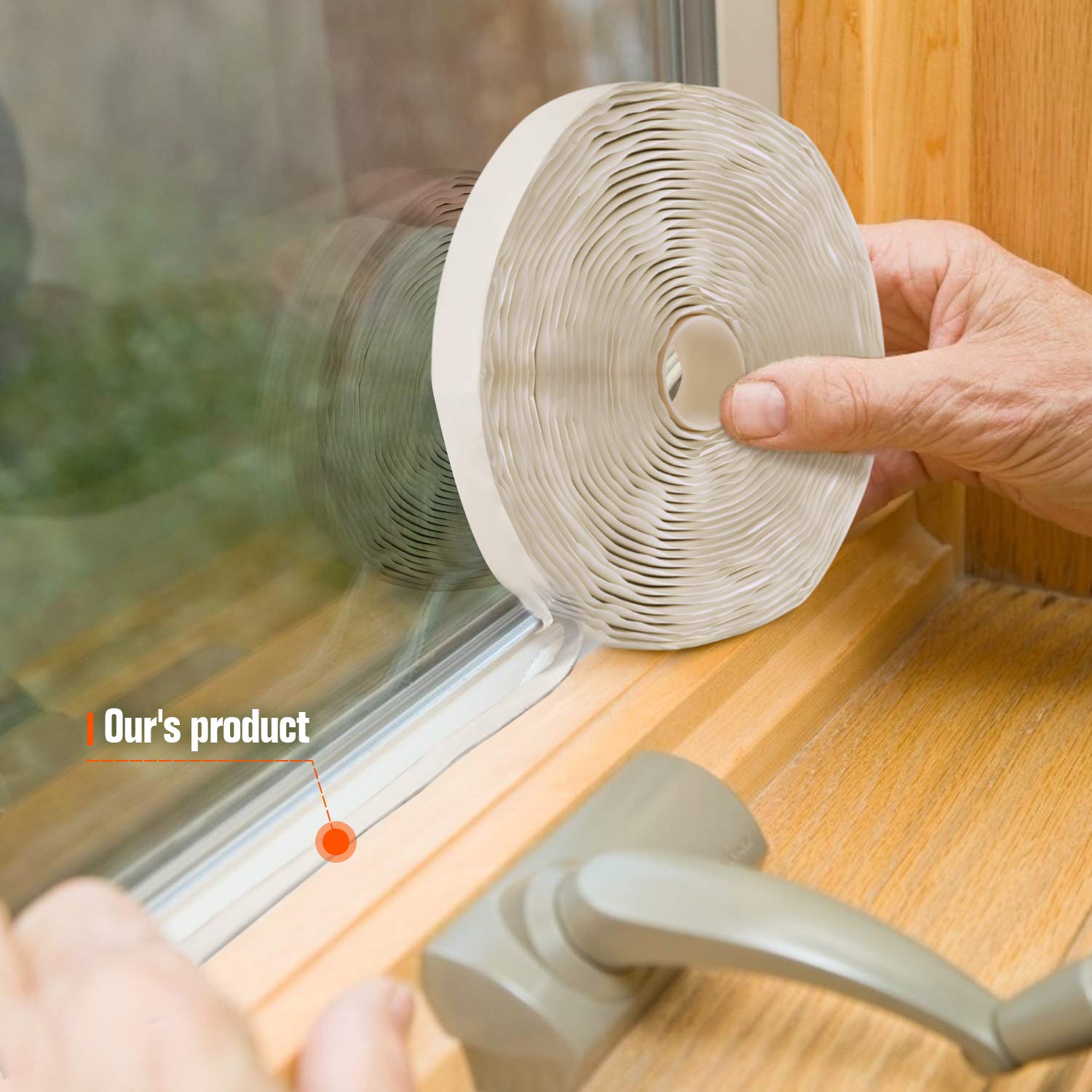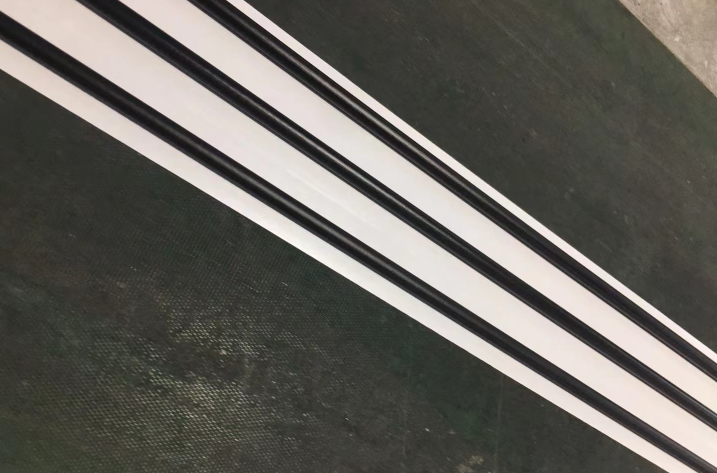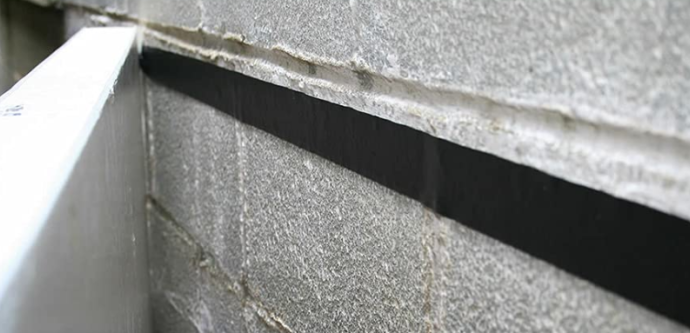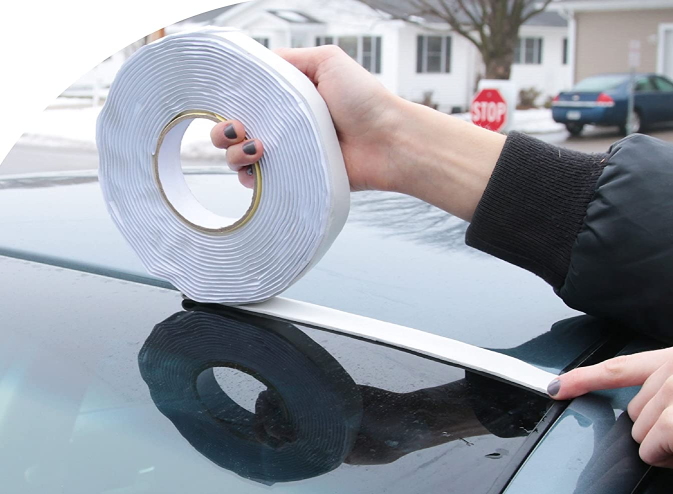Copyright © 2021 Kunshan Yuhuan Package Materials Co., Ltd. All rights reserved.
- 86 0512-50336235
- lulu@suzmc.com
- Sitemap
When it comes to sealing and bonding applications, butyl tape is a popular choice. But not all butyl tapes are the same. Two common types available in the market are hot-melt butyl tape and self-adhesive butyl tape. In this article, we will explore the differences between these two variants and help you understand which one might be more suitable for your specific needs.
Before delving into the differences, let's first understand what butyl tape is. Butyl tape is a versatile sealing material that consists of a flexible rubberized compound. It is widely used in construction, automotive, and other industries for its excellent adhesion and waterproofing properties. Now, let's examine hot-melt butyl tape and self-adhesive butyl tape individually.

Hot-melt butyl tape is a type of butyl tape that requires heat activation during installation. It comes in the form of solid sticks or pellets that are melted using a specialized hot-melt applicator. Once melted, the butyl tape is applied to the desired surface, where it cools and solidifies, forming a strong and durable bond.
Hot-melt butyl tape is primarily composed of a mixture of butyl rubber, tackifying resins, and other additives. This composition gives it excellent adhesion properties, making it suitable for various applications. Hot-melt butyl tape also offers good resistance against weathering, UV radiation, and chemicals, ensuring long-lasting performance.
Hot-melt butyl tape finds applications in various industries. It is commonly used for sealing joints in metal roofing, glass panels, automotive windshields, and curtain walls. Its heat-activated nature allows it to form a reliable seal even in challenging conditions, such as high temperatures or irregular surfaces.
Exceptional adhesion and bonding strength
High resistance to environmental factors
Effective sealing in extreme temperatures
Versatility in application areas
Long-lasting durability
Requires specialized equipment for installation
Longer installation time compared to self-adhesive butyl tape
Limited flexibility during application due to the need for heat activation

Unlike hot-melt butyl tape, self-adhesive butyl tape does not require heat activation for installation. It comes with a pre-applied adhesive backing that allows for easy and convenient application. Simply peel off the protective film and apply the tape to the desired surface.
Self-adhesive butyl tape consists of a butyl rubber compound that is combined with pressure-sensitive adhesive. This combination provides excellent adhesion properties, allowing the tape to adhere well to various substrates. The tape's flexibility ensures effective sealing even on irregular surfaces.
Self-adhesive butyl tape is commonly used for sealing applications in construction, plumbing, and automotive industries. It is suitable for sealing joints, seams, and gaps in windows, doors, and other building components. The tape's adhesive backing ensures a strong bond, creating a watertight and airtight seal.
Easy and quick installation without the need for additional equipment
Excellent adhesion to different surfaces
Flexibility for sealing irregular shapes
Good resistance to temperature variations
Reliable sealing properties
May lose adhesion over time in extreme weather conditions
Limited application in high-temperature environments
Relatively lower bonding strength compared to hot-melt butyl tape

The choice between hot-melt butyl tape and self-adhesive butyl tape depends on your specific requirements and the nature of the application. Here are some factors to consider:
Application Type: Determine the surface or material you need to seal and consider whether heat activation is feasible or necessary.
Installation Convenience: Evaluate whether you have access to the required equipment for hot-melt butyl tape or prefer the ease of self-adhesive installation.
Environmental Factors: Assess the expected temperature variations and exposure to UV radiation or chemicals in the application area.
Bonding Strength: Consider the level of adhesion required for your application and the expected longevity of the seal.
Ultimately, both hot-melt and self-adhesive butyl tapes have their advantages and disadvantages. Make an informed decision based on your specific needs and consult with industry professionals if necessary.

In summary, hot-melt butyl tape and self-adhesive butyl tape are two distinct variants of butyl tape with different installation methods and properties. Hot-melt butyl tape requires heat activation and offers exceptional adhesion and durability. On the other hand, self-adhesive butyl tape is convenient to install and provides reliable sealing properties. Assess your requirements carefully to choose the most suitable option for your sealing and bonding needs.
Kunshan Yuhuan is a leading professional tape manufacturer with 18 years of production experience in China. Their professional research team can produce compliant products that meet various testing regulations.
Yuhuan uses quality materials in their manufacturing process to ensure the durability and longevity of their butyl tapes. This ensures optimal performance even in harsh environmental conditions, making them suitable for both indoor and outdoor applications.
By choosing Kunshan Yuhuan, you can be sure you are working with a reputable manufacturer, contact us today for all your butyl sealing tape needs.